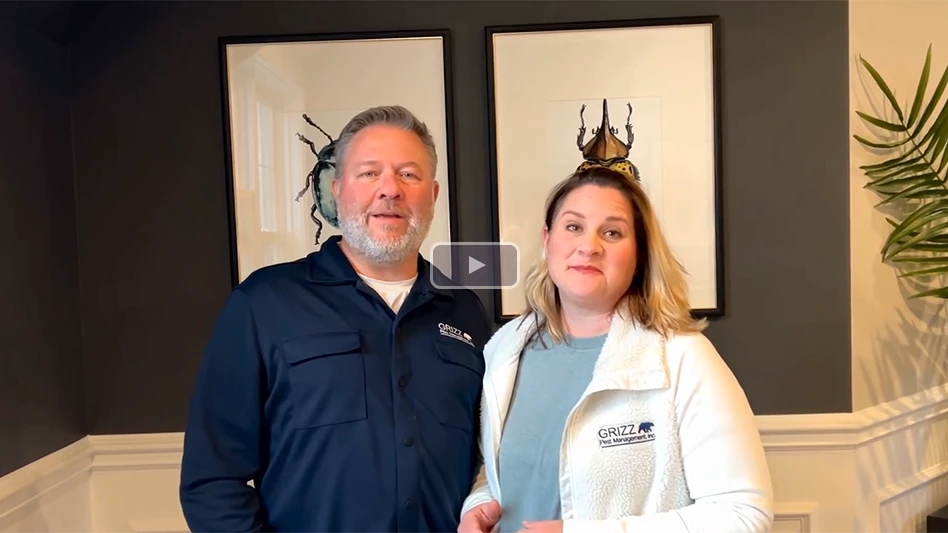There are many different kinds of insect light traps (ILTs) for commercial accounts: the electrocuting type; the glueboard or glue cartridge type; and combinations of the two. And they come in all shapes and sizes: wall-mount; ceiling-mount; corner-mount; freestanding; and wall sconces. Knowing where to place each of these traps is key.
- Place traps inside the facility near (but not in front of) each outside door and opening window.
- Consider other light sources that might compete with the trap. Don’t place ILTs in brightly lit areas.
- For day-flying insects like house flies, install wall-mount or corner-mount light traps low. Traps installed within 5 feet of the floor capture more flies than ceiling-hung traps.
- Ceiling-hung traps work better for night fliers like stored product moths.
- In warehouses, install a large wall-mount or ceiling-hung trap 15-25 feet inside of loading dock doors. Its purpose is to capture high-flying moths that enter through doors. Install the trap so that it is not directly across from the door and cannot be seen from outside.
- Install ILTs along the path to stored or processed food. Narrow hallways are good installation sites. ILTs are most effective where flying insects are funneled into narrow spaces.
- Make sure that there is nothing placed in front of the ILT unit. Insects have to be able to see the light.
- In food-processing areas, place ILTs so as to draw insects away from the food. Do not install ILTs over exposed food or near food prep surfaces.
- Place open tube electrocuting traps near back doors that lead to garbage areas and dumpsters but are not near food or customers. Choose a trap with a wind deflector.
- To capture Drosophila (fruit flies), place an ILT that contains a sticky board low behind counters or behind beverage or salad bars.
- Don’t place ILTs near air blowers or in areas where there are strong air currents.
- In public areas, use a non-electrocuting sticky board wall sconce ILT that is quiet and hides the catch.
This article was adapted from Techletter, a biweekly publication from Pinto & Associates, Mechanicsville, Md. To subscribe, visit www.techletter.com, or call 301/884-3020.
Editor’s note: See page 88 for an additional fly article from Larry Pinto & Sandra Kraft.
*****
In the Field:
Finding the Source of Fungus Gnats Indoors
When searching for the source of fungus gnats indoors, you can save yourself some time by starting with potted plants. The most common source of this fly is overwatered house plants or large indoor planter boxes (in malls, hotel lobbies and office buildings) that are kept constantly damp. The larvae live in the upper layers of this damp soil, feeding on decaying organic matter. The adult flies emerge from the soil and fly to lights or windows, or run in a jerky manner across surfaces.
Larvae are whitish, wormlike and legless, about ¼-inch long with a dark head. Adult flies are dark, with long legs and antennae, and measure about 1⁄8-inch long. They look somewhat like miniature mosquitoes but, of course, they don’t bite. Key inspection sites indoors include:
- Overwatered house plants (the #1 site)
- Indoor plant boxes or terrariums
- Greenhouse plants or stored compost mix in greenhouses
- Areas around water leaks
- Areas near leaky roofs
- Damp new construction materials
- Bird droppings in bird cages
Outdoor breeding sites are usually in damp, shady areas such as piles of compost or leaf mold, in mulch, grass clippings, damp soil, or even in bird or animal nests or in animal feces.
Fungus gnats can be a serious economic problem in certain commercial operations such as greenhouses or mushroom farms. Fungus gnat adults are attracted to the color yellow, so yellow sticky boards or yellow sticky traps can be hung near infested plants or placed under greenhouse benches to capture the flies and help you zero in on the source.
In homes and offices, fungus gnats usually can be controlled without pesticides. The key is to let potting soil dry out completely between watering. Fungus gnat eggs and larvae cannot survive in dry soil. Removing mulch from the top of the soil also will expose the soil surface to air and expedite the drying process.

Explore the June 2010 Issue
Check out more from this issue and find your next story to read.
Latest from Pest Control Technology
- Webinar: ActiveGuard Will Positively Impact Your Bottom Line
- MGK Announces EPA Registration of Botanical Active Ingredient Veratrine
- Termite Control Sales Strategies
- NPMA Announces ELP Class of 2025
- Termite Control Tools and Equipment for PMPs
- Choe Reviews Drywood Termite Geographical Hotspots, Latest Research Findings
- Mosquito Squad Announces Rebranding to Mosquito Squad Plus
- Pest Control Equipment: If it’s Critical, Back it Up!





